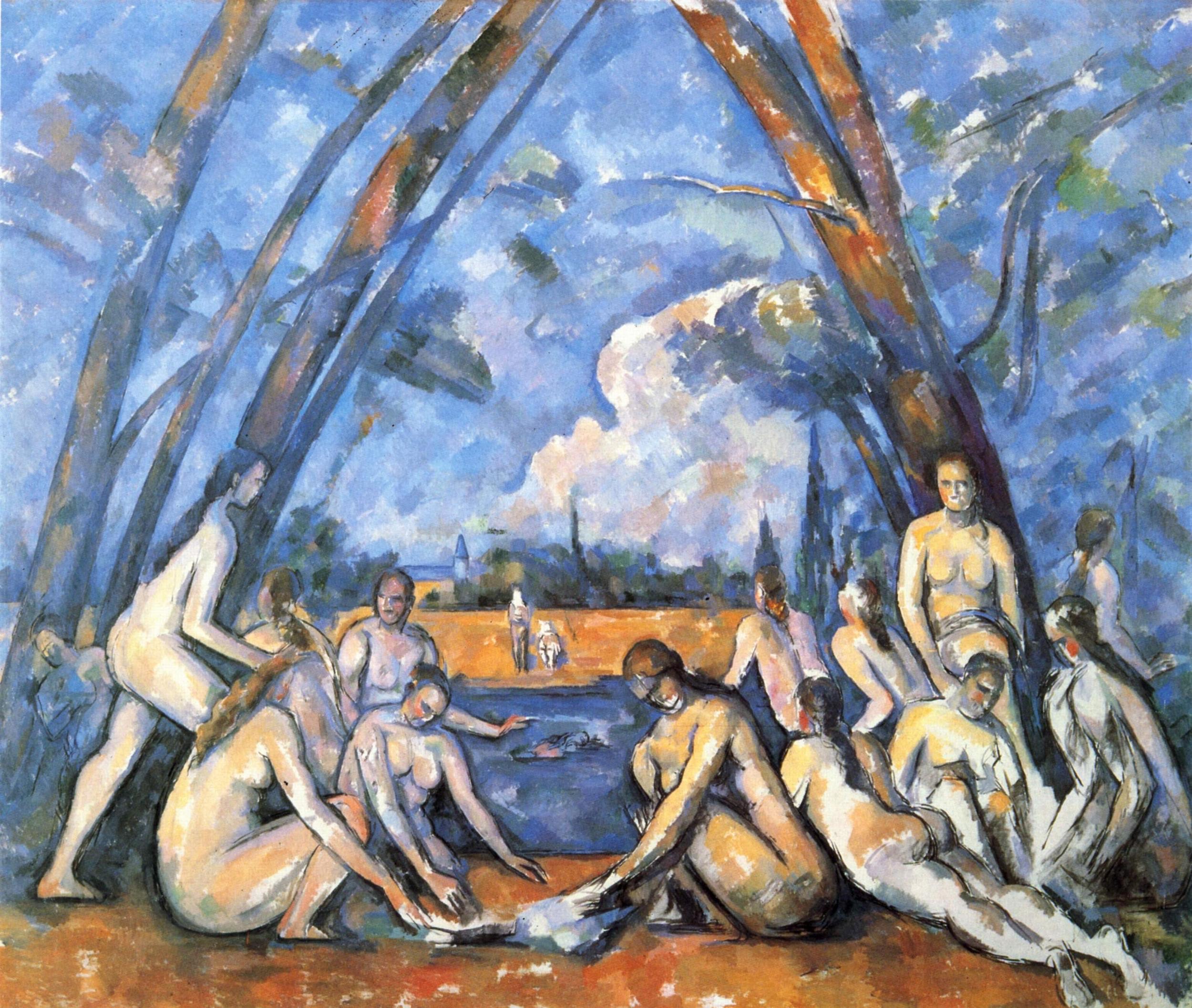Social media has become an integral part of our daily lives, with platforms like Instagram, YouTube, and TikTok dominating the digital landscape. Along with this rise in social media usage, a new phenomenon has emerged – the rise of social media influencers. These individuals have gained a massive following through their carefully curated content, and have become the new faces of advertising and lifestyle branding.
At first glance, the lifestyle branding trend seems like a win-win situation for both influencers and brands. Influencers get paid to promote products and services to their followers, while brands get exposure to a targeted and engaged audience. However, upon closer examination, it becomes clear that this trend is not without its flaws and has led to the rise and fall of social media influencers.
The Rise of Social Media Influencers
The term “influencer” was first coined in the early 2000s, but it wasn’t until the rise of social media that it became a widely recognized term. As social media platforms gained popularity, so did the concept of influencer marketing. Brands began to realize the potential of reaching their target audience through these influential individuals, who had a large following and a strong influence over their followers’ purchasing decisions.
One of the key factors that led to the rise of social media influencers was the democratization of fame. In the past, celebrities were seen as the only ones who could influence consumer behavior. But with the rise of social media, anyone with a smartphone and a strong personal brand could become an influencer. This democratization gave rise to a new breed of celebrities who were relatable, authentic, and accessible to their followers.
The Power of Lifestyle Branding
The lifestyle branding trend is at the core of the influencer phenomenon. Influencers use their personal brand to promote a certain lifestyle, and in turn, brands use that lifestyle to market their products. This lifestyle branding has become so powerful that it has changed the way we perceive and consume products. Instead of just buying a product, consumers now buy into a lifestyle that is associated with that product.
For example, a fitness influencer promoting a certain brand of workout gear not only sells the product but also sells the idea of a healthy and fit lifestyle. This creates a sense of aspiration and desire among followers, who then feel compelled to purchase the product to emulate that lifestyle. In this way, influencers have become powerful marketing machines, and lifestyle branding has become a highly effective tool for brands to reach and influence consumers.
The Dark Side of Social Media Influencers
While the rise of social media influencers has been unprecedented, it has also led to a dark side of the industry. As more and more individuals strive to become influencers, the market has become oversaturated, and the competition has become cutthroat. This has led to a rise in fraudulent practices, such as buying fake followers and engagement, to boost one’s social media presence.
Another issue with the influencer industry is the lack of regulation and transparency. Unlike traditional advertising, where there are strict guidelines and regulations, influencer marketing is largely unregulated. This has led to instances of influencers promoting products without disclosing that it is a paid partnership, leading to ethical concerns and a lack of trust among followers.
The Fall of Social Media Influencers
The fall of social media influencers can be attributed to several factors, including the oversaturation of the market and the lack of authenticity. As more and more individuals strive to become influencers, it has become increasingly difficult to stand out and gain a loyal following. This has resulted in a decline in engagement rates and a decrease in the effectiveness of influencer marketing.
Moreover, with the rise of influencer fraud and lack of transparency, followers have become more skeptical of influencer content and are less likely to trust product recommendations. This has led to a decline in the influence of influencers and a shift towards more authentic and genuine content.
The New Era of Influencer Marketing
The rise and fall of social media influencers have led to a new era of influencer marketing, one that focuses on authenticity and transparency. Brands are now turning to micro-influencers, who have a smaller following but a highly engaged and loyal audience. These individuals are seen as more relatable and trustworthy by their followers, and their influence is not diluted by a large number of sponsored posts.
Moreover, brands are also shifting towards influencer collaborations, where they partner with influencers to co-create content that aligns with the influencer’s personal brand and the brand’s message. This creates more genuine and organic content, which resonates with followers and has a higher chance of converting into sales.
The Future of Social Media Influencers
The influencer industry is constantly evolving, and it is difficult to predict the future of social media influencers. However, it is clear that the era of traditional influencers is coming to an end, and a new breed of influencers is emerging. These individuals are focused on building a genuine connection with their followers and creating authentic and relatable content. The emphasis is shifting from numbers and followers to engagement and influence.
In conclusion, the rise and fall of social media influencers have been a rollercoaster ride, with both positive and negative implications. While the lifestyle branding trend has changed the way we consume and perceive products, it has also led to issues of authenticity and transparency. As the industry evolves, it is important for both influencers and brands to adapt and focus on creating genuine and authentic content that resonates with their audience. Only then can the era of social media influencers truly thrive.




